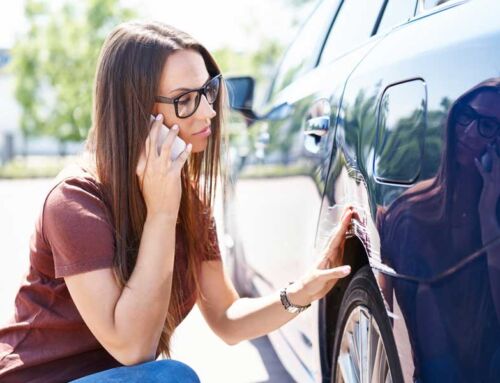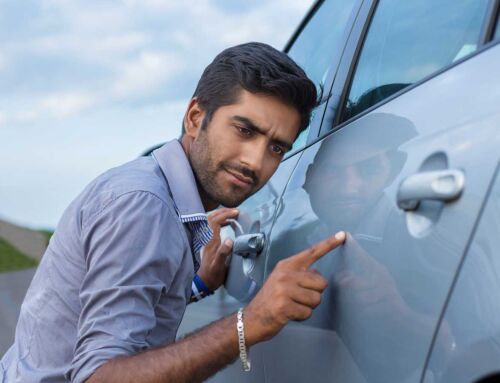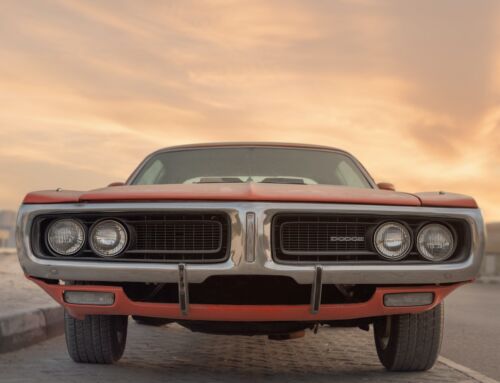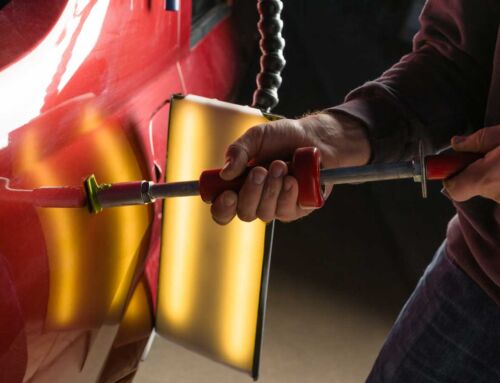One of the more common parts of your vehicle to be damaged in a collision are the bumpers.
The next logical step is to determine whether a bumper can be repaired or if it makes more sense to replace it.
Find out how auto body shops assess bumper damage.
Assessing the Damage
Once your car is in the shop to assess damage, technicians check to see whether the bumper is salvageable or if a complete replacement is the way to go.
Typically, bumpers on the receiving end of very minor damage are good candidates for repair.
Minor bumper damage includes:
Loose Not Damaged
The easiest fix is when the bumper is jarred loose and doesn’t require any repair or touch-up paint. For loose bumpers, they need only be re-aligned and tightened back into place, provided that all the connecting hardware is still intact.
The problem with a loose bumper is that there may be more extensive, undetected damage to other areas of car such as the frame or underbody, which takes the collision repair to a different level.
Bumper Scratches
Most bumper scratches can be rubbed out or repaired to like-new condition. Unless a lot of paint is damaged or scraped off, bumper scratches are a fairly easy fix.
Minor Dents to the Bumper
As long as there aren’t any large holes, cracks or other extensive damage, minor dents in the bumper can be repaired and re-painted.
It’s when there’s more extensive damage to the bumper like large holes, tears, extensive paint chipping or damage, and missing parts lost during impact.
Repairing the Bumper
After the damaged bumper has been removed from the car, visible damage like minor scratches, dents and creases are repaired.
From there, the bumper is sanded to restore the smooth finish of the surface to match up with the undamaged portion of the bumper.
All the repair work is done to prep the bumper for paint.
The paint is carefully matched for color and finish before actual painting begins. It’s at this point metallic additives are mixed with the paint and a test paint sample is produced and left to dry.
If the dry paint sample is a perfect match to the rest of the car, the bumper is painted and left to dry.
Drying, also known as curing, is the most time-consuming part of the process. Depending on the paint, it can take a few hours up to an entire day for the paint to completely cure for handling and replacement.
Costs and Timeframe for Bumper Repair
The costs and timeframe associated with bumper repair work depends on the model of car, cost of paint, extent of damage and work involved to repair the damage.
Visit an auto body shop for a complete assessment and detailed estimate before going forward with any repair work.
Conclusion
Damaged bumpers not only take away from the beauty and value of your car, but they also present a safety risk if not repaired or replaced immediately.
Bumpers are safety features which absorb the shock and damage due to a collision and without them, the safety of your car, yourself and your passengers is at serious risk.
In Sonoma County, contact the auto body specialists at Downtown Autobody. Our certified technicians are experts at assessing bumper and overall auto damage.
If you need a fair and accurate auto repair estimate, call Downtown Autobody today.





